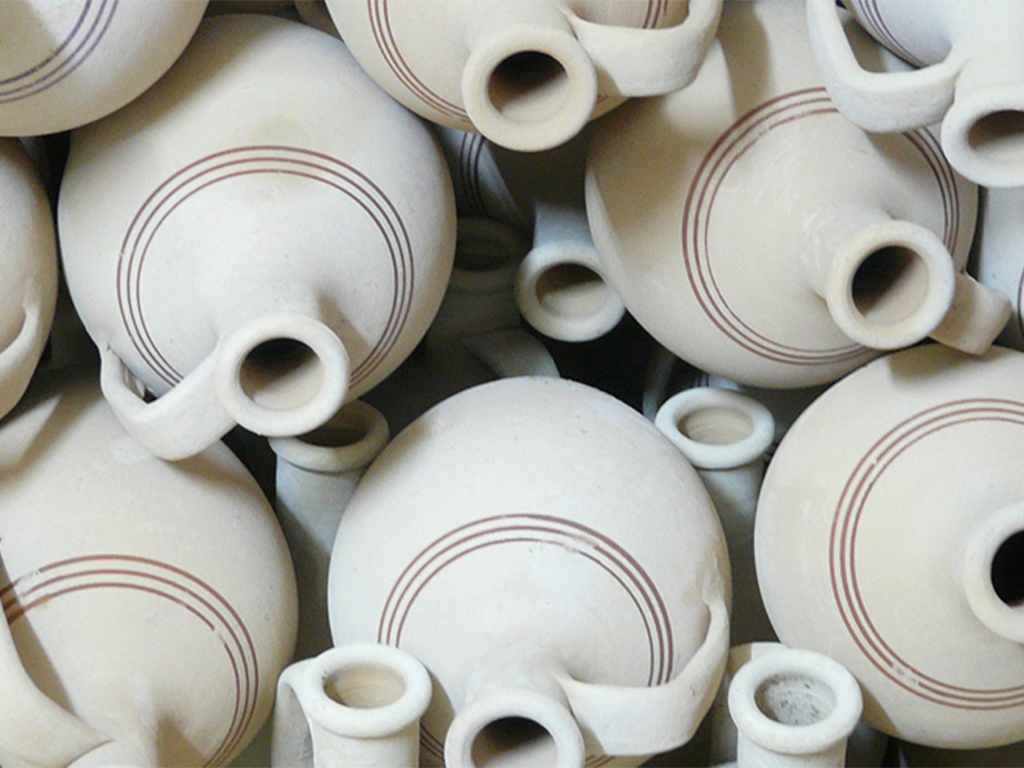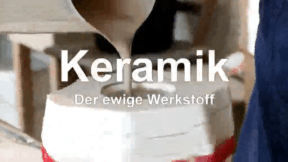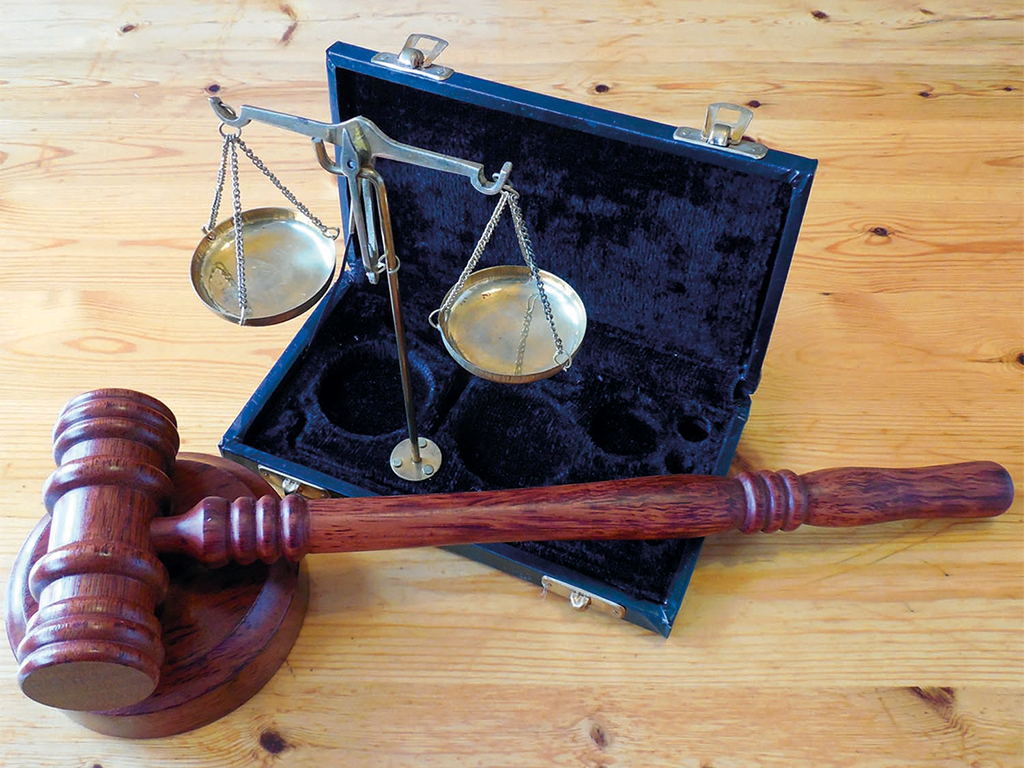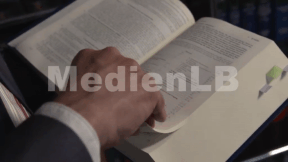 Biology, Primary School
Biology, Primary School
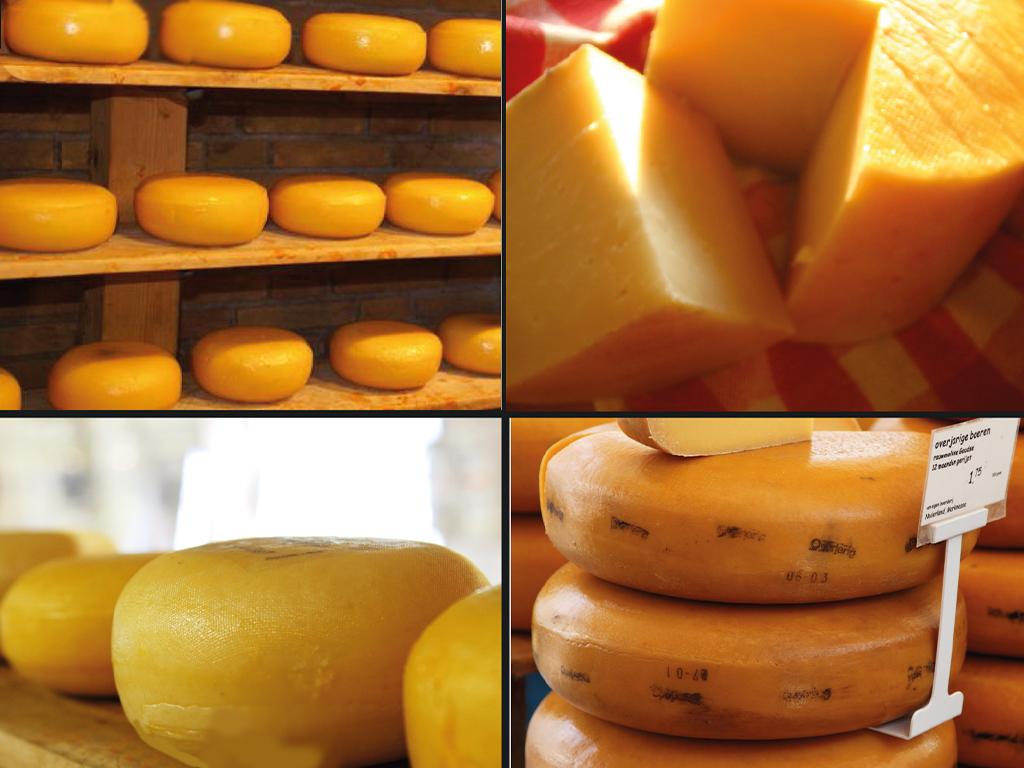
4670852 / 5560958
Milch und Käse
Gewinnung und Zubereitung
Seit Jahrtausenden wird aus geronnener Milch eines der schmackhaftesten und vielfältigsten Grundnahrungsmittel hergestellt: Käse. Alle Varianten und Sorten aufzuzählen, die es allein in Europa gibt, ist eine nahezu unlösbare Aufgabe. Am berühmtesten sind die gelben Laibe aus der Schweiz und Frankreich. Aber auch Deutschland braucht sich in der Käse-Frage nicht hinter seinen beiden Nachbarn zu verstecken. Für "Schau dich schlau!" begeben sich Joey Grit Winkler und Fero Andersen auf die Reise ins Käse-Universum. Während Joey alle offenen Fragen rund ums Thema klärt, beschäftigt sich Fero mit praktischen Dingen - der Käseherstellung! Um Käse zu machen, benötigt man vor allen Dinge eines in rauen Mengen: Milch! Egal, ob von der Kuh oder der Ziege, vom Schaf oder vom Büffel, alle genannten Milchsorten lassen sich zu Käse verarbeiten. Danach beginnt für die meisten Käse der Reifeprozess. Und für ausgesuchte Sorten gilt außerdem: Je länger der Laib lagert und reift, desto schmackhafter und auch teurer wird der Käse. "Schau dich schlau!"-Reporter Fero Andersen hat eine Molkerei besucht und erklärt den Produktionsvorgang. Seine Kollegin Joey Grit Winkler klärt währenddessen die interessantesten Fragen rund ums Thema. Wie gesund ist Käse? Welche Auswirkungen kann Käse auf den menschlichen Körper haben? Außerdem informiert "Schau dich schlau!" über Laktoseintoleranz und wie man am besten mit dieser Milchzuckerunverträglichkeit umgeht. Während das Problem in Europa nur die Ausnahme darstellt, steht in China Käse genau aus diesem Grund fast gar nicht auf dem Speiseplan. Aber nicht nur China ist davon betroffen, mehr als drei Viertel der Bevölkerung Südostasiens leiden an Laktoseintoleranz. Wo kommt diese Unverträglichkeit her? Und warum sind Europäer und Amerikaner seltener davon betroffen als Asiaten oder Afrikaner?
Play trailer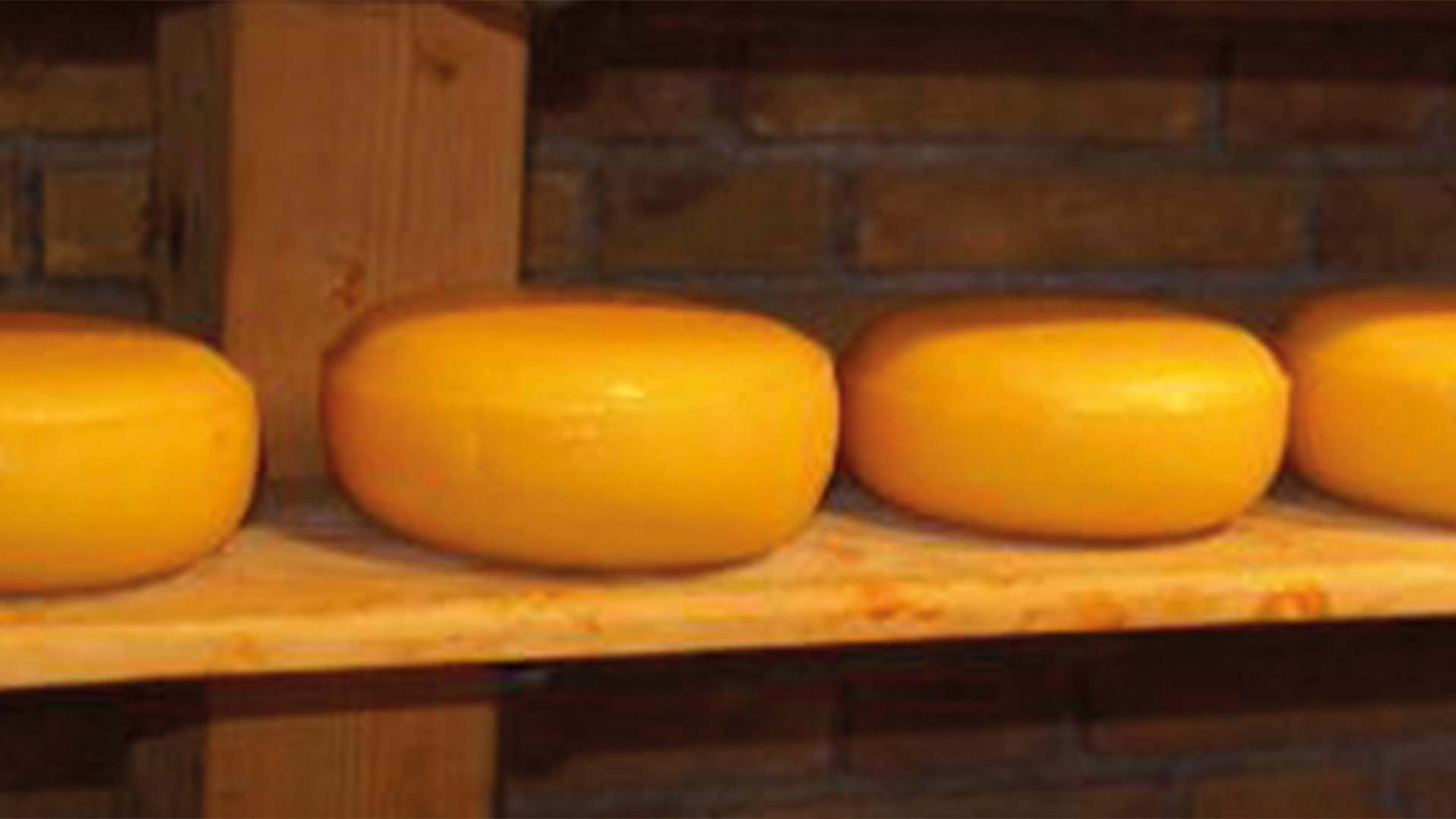
Curriculum-centred and oriented towards educational standards
Matching
Ceramic
Ceramics are indispensable in our everyday lives. We eat from ceramic plates, drink from ceramic cups, use tiled ceramic bathrooms. But how is ceramic manufactured? The film reveals the secrets of this fascinating material! We get to know more about the beginnings of ceramic in the Old World of Egypt and Mesopotamia, about Greece, China and Rome. We gain interesting insights into the valuable earthenware and are also shown the exquisite further development of the "white gold". Today this versatile material is irreplaceable in industry, too. Whether in space or as an easily compatible substitute in medicine, ceramic is applied in many places.
Rights and Obligations
Three girls of different ages: Anna is 17, Paula 15 and Lena 13. Before the law, their respective ages have consequences – because children and adolescents have different rights and also obligations.
Mobile Learning II
Oh, what’s that? Original soundtrack Thissen: “As our children grow up in a media world and naturally handle the media, they should also be a topic in school.“ An older child says the point is that they don’t just load down apps but create things themselves that haven’t existed so far. Hi, I’m Jana. A propeller hat. I’ll put it on. Now I’m no longer a simple rhino, but a flying rhino. Original soundtrack Thissen: “It’s exactly the great flexibility of tablets that promotes very personalised and adapted learning.” Original soundtrack Welzel: “It’s fascinating to see how the children grow with their products and how they always want to improve them.” The Westminster Abbey is a church in London for the royal family. Original soundtrack Welzel: “And?“ They think it is ok.




